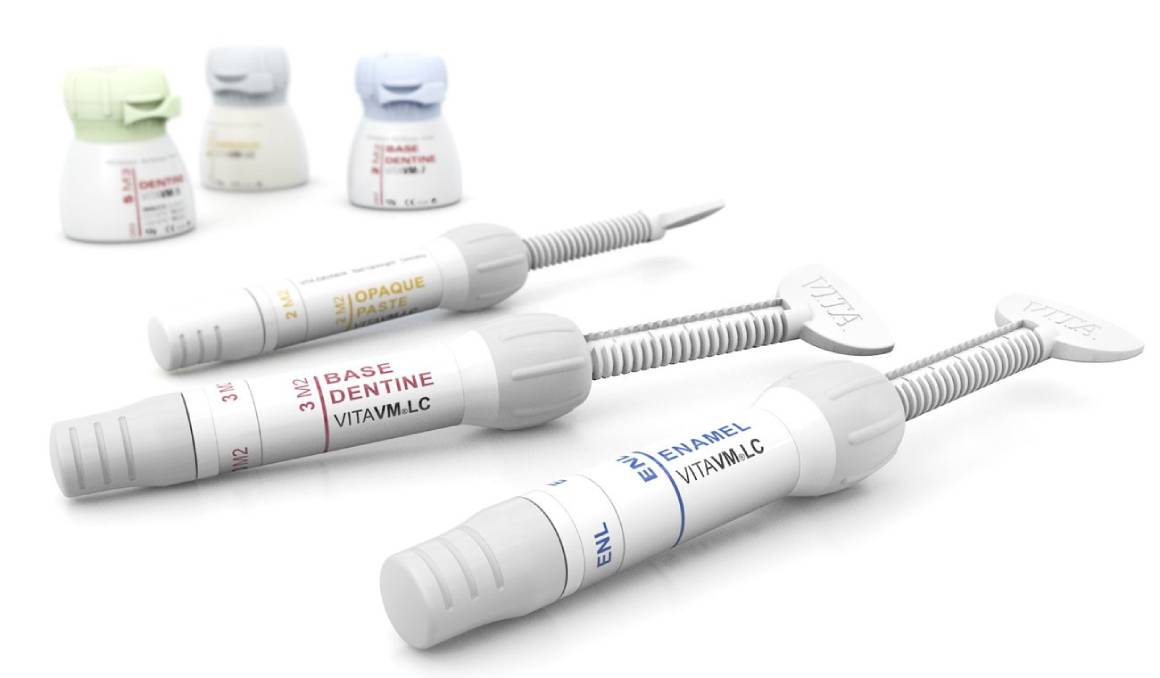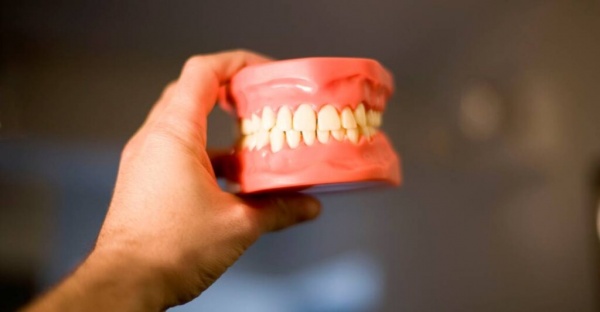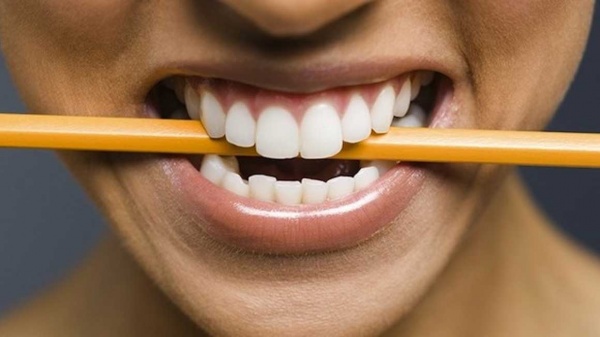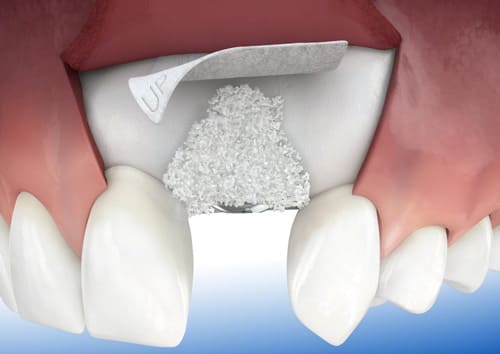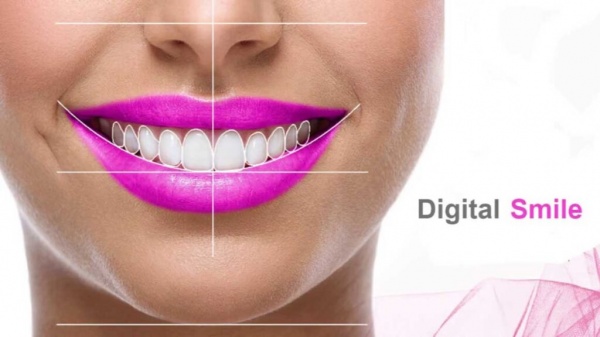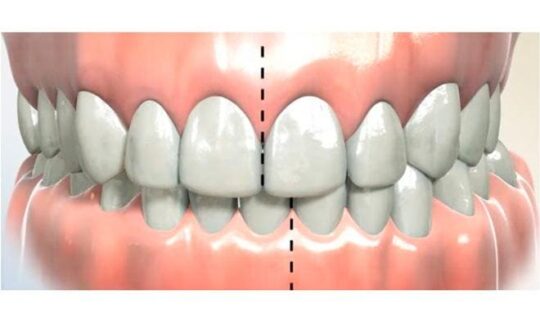Reasons for the degradation of composite materials
The properties of the composite are significantly affected by the chemical composition of the resin monomers and the quality of the reinforcing mesh formed during the polymerization reaction. The dentist selects the raw materials depending on the type of tooth restoration procedure, however, after a while, the aging of the material begins. This is due to the aggressive environment inside the oral cavity, which has a negative effect on the surrounding tissues. The oral cavity contains a lot of bio-organisms and microbes that can spoil the restoration materials. Among them:
- Saliva - contains food enzymes, protein compounds, ions and water that are harmful to fillings;
- Plaque - includes the remains of the metabolism of bacteria and microorganisms that can reduce the pH level to 4.5;
- Food colorings - in particular, juices and sweet soda, as well as fruits, the acids of which reduce the pH to 2 and below;
- Chemicals - pastes and rinses, bleaches and some drugs containing hydrogen peroxide.
In addition to the aggressive environment, the rate of aging of composites is affected by mechanical stress during chewing. The pressure on the teeth when chewing ordinary food is enormous, and with a strong bite (crushing solid food, clenching of the jaws, bruxism) it increases significantly.
The transfer of stress during chewing from the weaker resin matrix to the stronger and tougher reinforcing fillers is achieved by providing a strong interfacial bonding of the layers with the help of a silane agent. It is designed for standard loads, but not for constant stress or resistance to mechanical stress exceeding a certain threshold.
Consequences of degradation of composite materials
The process of degradation or aging means the deterioration of the physical and mechanical qualities of the filling or implant. The first destructions remain imperceptible, but further they bring discomfort. The main consequences of degradation:
- Abrasion, partial or complete destruction;
- Loss of appearance (blackening, yellowness, the appearance of differences in color and texture from neighboring teeth);
- The formation of cracks or other defects that can reduce the life of the material;
- Release of the components of the composite into the surrounding tissues and blood.
Depending on what exactly became the main reason for the aging of dental raw materials, five types of destruction processes are distinguished - decomposition under the influence of high or low temperatures, loss of electrons, solvents, light or ionizing radiation.
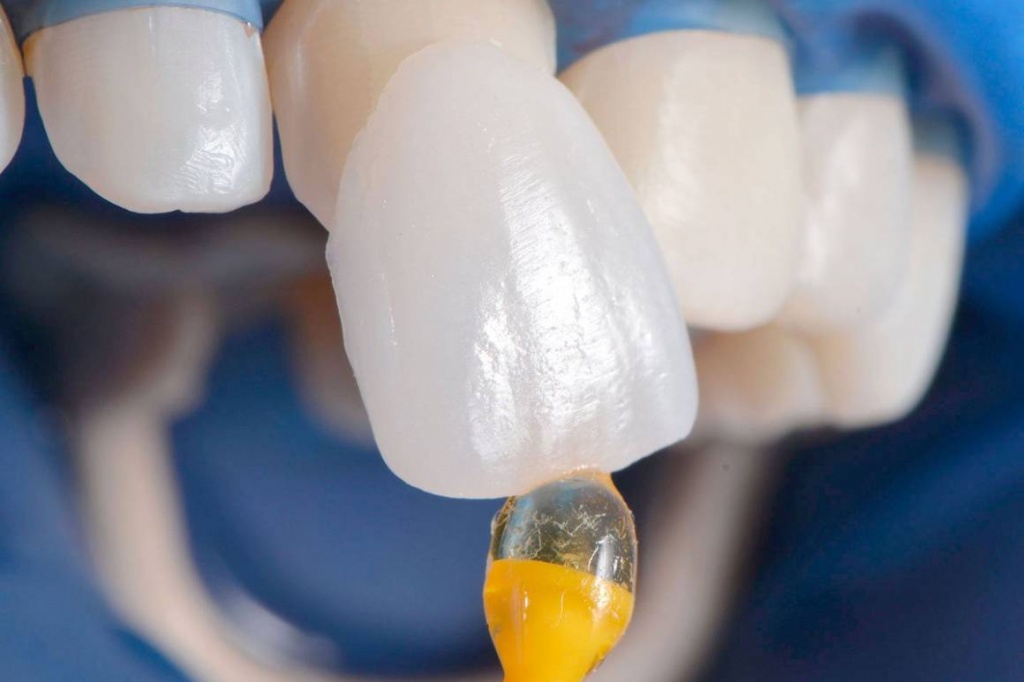
Disadvantages of composites in dentistry
Dentists do not recommend the restoration of the tooth with composites if the patient has experienced or is experiencing secondary caries, as well as fractures of the restoration. The negative aspects of the materials can be called:
- Problems with adhesion, which threatens with delamination;
- During shrinkage, loss of tightness is possible, which will lead to accelerated destruction;
- Composites wear out relatively quickly and are able to dissolve in aggressive environments;
- The endurance index regarding the mechanical load is low.
Modern dentistry has learned to mask most of these disadvantages, however, composites should be used more in places where the appearance of the tooth is important. For back teeth, durable materials are better suited, which practically do not react to interaction with the aggressive environment of the oral cavity.

